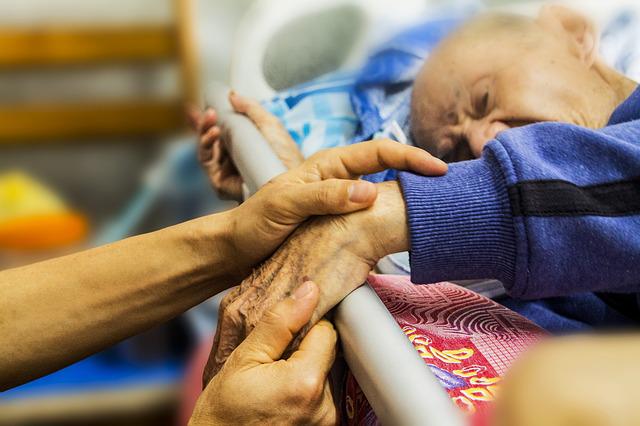
IADLs can be used to describe all of your daily activities, such as getting up and dressing or eating. They can also be used to control biological functions. An occupational therapist works to improve functional activities of daily living. These tasks are assessed by an occupational therapist to determine if they can be done successfully. They assess the safety and effectiveness of the activity and determine the difficulty level for the patient.
Instrumental activities in daily life
For independence, it is important to do Instrumental Activities for Daily Living (or IADLs). These activities don't require assistance, and can help people live a fulfilling and rich life. IADLs include self-feeding, dressing and grooming, and toileting. You will also need to have basic communication skills, such a ability to use a telephone or a computer. Other IADLs include cooking, cleaning, money management, and using public transport.
These activities are essential for independent living and require higher-order thinking. Experts are divided on how many IADLs to include, but most experts list between seven and twelve. The number of tasks required will depend on the individual. Some geriatric patients may need more help than others.

Awareness of performance within a task context
An important aspect of improving performance is being aware of what you are doing in the context of a task. Cognitive decline can be subtle. However, older adults who are aware and able to adapt their performance may be able maximize their performance. Older adults with poor self-awareness might not recognize their own performance and fail to adjust it, leaving them vulnerable to functional impairment. Although limited research has been done on awareness of performance in task contexts of daily functional activities, it is possible to find some evidence.
We used WCPA-10 in the present study to assess awareness of performance within a task context for functional activity of daily living. As older adults performed different tasks, we observed them and assessed their ability to recognize errors verbally and non-verbally. These errors were quantified as a proportion of the total errors made. We also assessed the self-ratings of participants in relation to four different tasks.
Neuroanatomical correlates of IADLs are being studied.
Neuroanatomical conditions may affect the functional activities of daily life (FADL). These impairments could affect mobility, visual perception, or auditory processing. They may also be related to morphological changes within the brain. This review attempted to identify neuroanatomical elements that can affect the IADL.
The study sought out to determine if the perfusion pattern of specific brain regions is associated with functional abilities. Researchers discovered that there was a positive correlation among total IADL scores as well as perfusion ratios in right lateral temporal, and superior parietal. These results support the hypothesis that the perfusion changes related to changes in IADL ability.

IADLs and the effects of dementia
For the family member caring for the patient, it is crucial to understand the effects of dementia on their ADLs. Dementia may affect brain functions such as judgment, decision making, safety, attention, judgement, and attention. The presence of a dementia caregiving professional in the patient's home can help them make safe decisions and maintain independence.
The degree of dementia and its severity can impact ADL performance. Some activities remained relatively unchanged in the first stages of dementia. However, some declined as the disease progressed. The condition of bathing, dressing and continence deteriorated over time. These differences may not be universal between countries and at different stages. This means that intervention is needed to improve ADLs or increase independence.